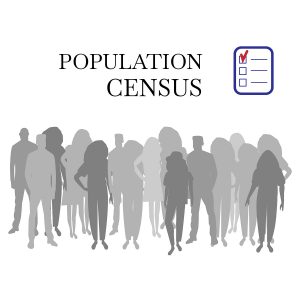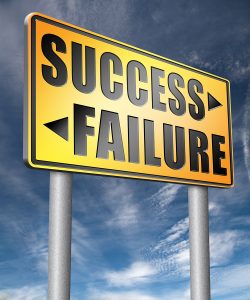
The Census Bureau's mission is "to serve as the nation's leading provider of quality data about its people and economy." 2020 is a decennial census year where the government is required by Article I, Section 2 of the Constitution to collect data on the population of the country. This data is used to determine the number of seats each state has in the U.S. House of Representatives and inform the distribution of billions in federal funds to local communities. The 2020 questionnaires will begin arriving to homes mid-March. All households receiving a questionnaire are required to fill it out and return it. Those that have not responded will be visited by census takers beginning in May.
The first census took place in 1790, one year after George Washington took office. For this initial census, marshals visited every house and collected data. The process took months and the end results were questioned for accuracy and completeness. Since then, the process by which census data is collected continues to evolve.
In 1890, a punch card system was used for the census. This automation was developed specifically to meet the growing amount of data that needed to be processed. The company that developed this technology went on to become IBM. Moving ahead 130 years, this year's census marks the first time people will be able to submit their responses online.







